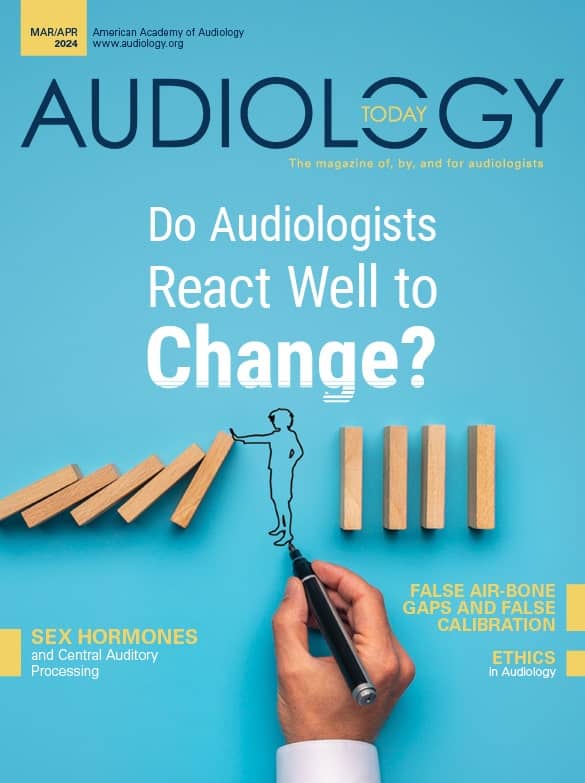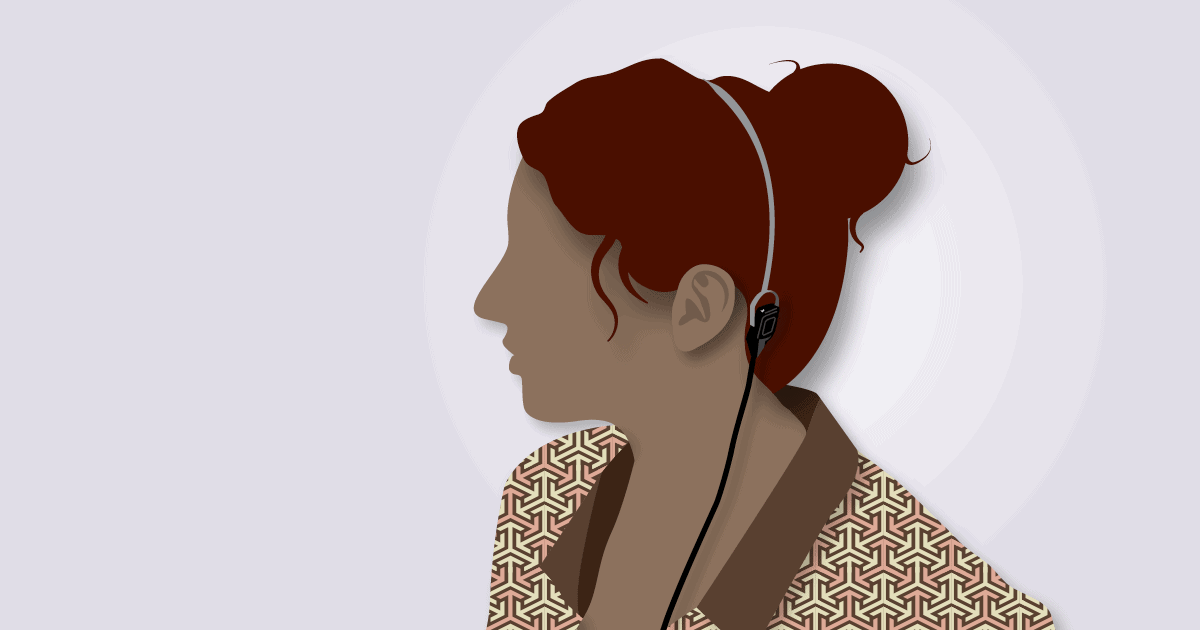March/April 2024
The March/April 2024, Volume 36, Number 2, Audiology Today issue has been released. Enjoy the most recent issue!
About Audiology Today
Audiology Today (AT) is the American Academy of Audiology’s award-winning magazine of, by, and for audiologists. Each issue of this full-color, bimonthly magazine provides comprehensive reporting on topics relevant to audiology, including clinical activities and hearing research, current events, news items, professional issues, individual-institutional-organizational announcements, and other areas within the scope of practice of audiology.
Find Articles from Audiology Today
Keyword Search
Date
Audience
Business Topic
Clinical Topic
Issues
Perceived Hearing Difficulty and Pure-Tone Audiometry
This article provides a summary of the study by de Gruy et al (2023). Applying a simple data-driven analysis, 15 dB HL is established as a reasonable fence for pure-tone audiometry for identifying perceived hearing difficulty. The findings also show limitations in the diagnostic accuracy of pure-tone audiometry in identifying perceived hearing difficulty and support the need for considerations beyond pure-tone audiometry.
No Bones About It
Bone conduction testing has been a part of the audiometric test battery since the 1920s (Jones and Knudsen, 1924). However, in our experience, there remains some variance in how bone conduction testing is performed and documented in clinics, leading to confusion for students and sometimes mistrust among professionals. Over the years, the divergence between textbook instructions and clinical practice has remained. This article highlights current practices through clinical scenarios in an effort to unearth their origins and to provide guidance supported by established protocols and guidelines.
OPINION EDITORIAL | ACEN: Not Right Here, Right Now
To some extent, the Audiology Clinical Education Network is appealing for all involved in the externship process. Even so, it is our opinion that joining ACEN may not be the right decision for all externship sites at this time.




